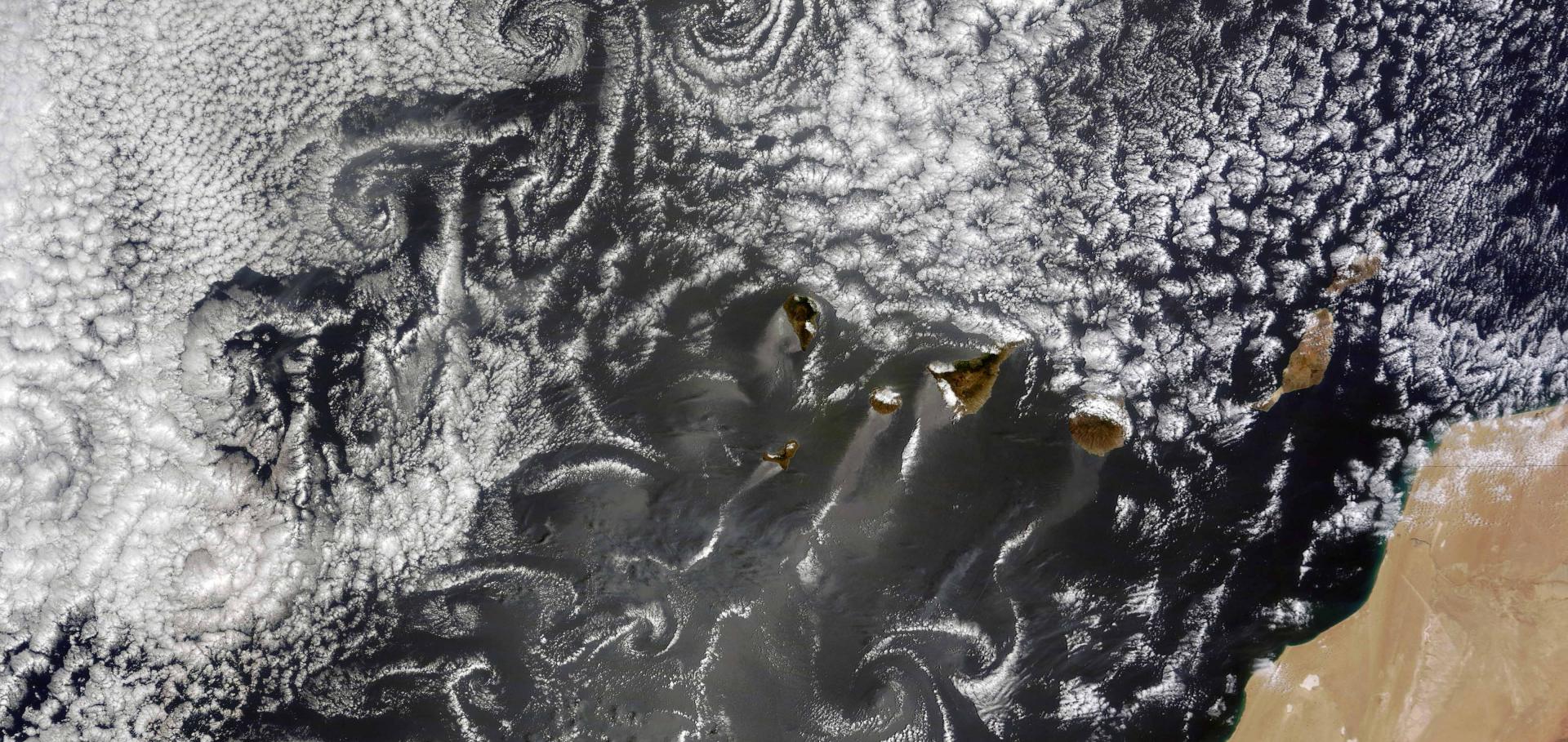Increased water vapour lifetime due to global warming
Atmospheric Chemistry and Physics Discussions Copernicus GmbH (2019) 1-17
Authors:
Øivind Hodnebrog, Gunnar Myhre, Bjørn H Samset, Kari Alterskjær, Timothy Andrews, Olivier Boucher, Gregory Faluvegi, Dagmar Fläschner, Piers M Forster, Matthew Kasoar, Alf Kirkevåg, Jean-Francois Lamarque, Dirk Olivié, Thomas B Richardson, Dilshad Shawki, Drew Shindell, Keith P Shine, Philip Stier, Toshihiko Takemura, Apostolos Voulgarakis, Duncan Watson-Parris
Abstract:
<p><strong>Abstract.</strong> The relationship between changes in integrated water vapour (IWV) and precipitation can be characterized by quantifying changes in atmospheric water vapour lifetime. Precipitation isotope ratios correlate with this lifetime, a relationship that helps understand dynamical processes and may lead to improved climate projections. We investigate how water vapour and its lifetime respond to different drivers of climate change, such as greenhouse gases and aerosols. Results from 11 global climate models have been used, based on simulations where CO<sub>2</sub>, methane, solar irradiance, black carbon (BC), and sulphate have been perturbed separately. A lifetime increase from 8 to 10&thinsp;days is projected between 1986&ndash;2005 and 2081&ndash;2100, under a business-as-usual pathway. By disentangling contributions from individual climate drivers, we present a physical understanding of how global warming slows down the hydrological cycle, due to longer lifetime, but still amplifies the cycle due to stronger precipitation/evaporation fluxes. The feedback response of IWV to surface temperature change differs somewhat between drivers. Fast responses amplify these differences and lead to net changes in IWV per degree surface warming ranging from 6.4&plusmn;0.9&thinsp;%/K for sulphate to 9.8&plusmn;2&thinsp;%/K for BC. While BC is the driver with the strongest increase in IWV per degree surface warming, it is also the only driver with a reduction in precipitation per degree surface warming. Consequently, increases in BC aerosol concentrations yield the strongest slowdown of the hydrological cycle among the climate drivers studied, with a change in water vapour lifetime per degree surface warming of 1.1&plusmn;0.4&thinsp;days/K, compared to less than 0.5&thinsp;days/K for the other climate drivers (CO<sub>2</sub>, methane, solar irradiance, sulphate).</p>


